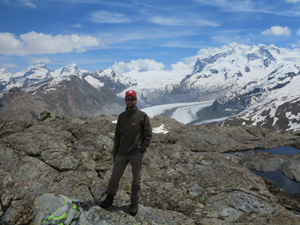Redox-thermal behavior of archaeological ceramics from the North Caucasus (Russia, Bronze/Iron Age)
- Journal of the European Ceramic Society, 40, p. 2207-2221, https://doi.org/10.1038/s41561-020-0554-9
Abstract
The firing behavior of illite-based archaeological ceramics and corresponding firing conditions were investigated, in order to identify the pyrotechnology of ceramic production at archaeological sites in the North Caucasus (Russia, Bronze and Iron Age). Direct observations of the pyrometamorphic degree in the objects by scanning electron microscope (SEM), X-ray powder diffraction (XRD), Raman and Fourier-transform infrared spectroscopy (FT-IR) revealed the thermally induced localization of the redox state within a single object and its influence on the structural distortion, dehydroxylation and total collapse of illite in the ceramics. Fundamental approaches to illite dehydroxylation kinetics and numerical simulations of oxygen diffusion and heat transfer revealed that the firing temperature and time and thickness of the sample, reactivity between oxygen and ceramic pastes and porosity evolution played a decisive role in the firing behavior of the ceramics during the firing at the sites.
